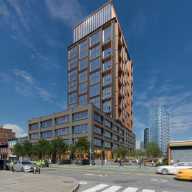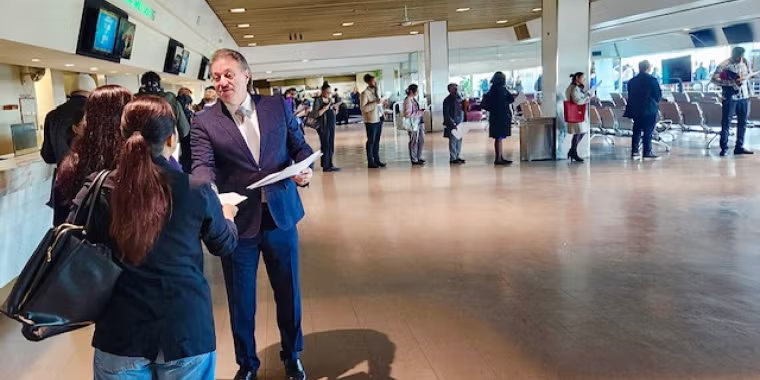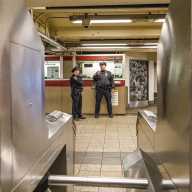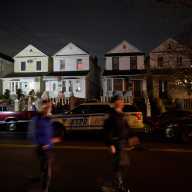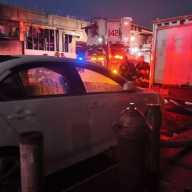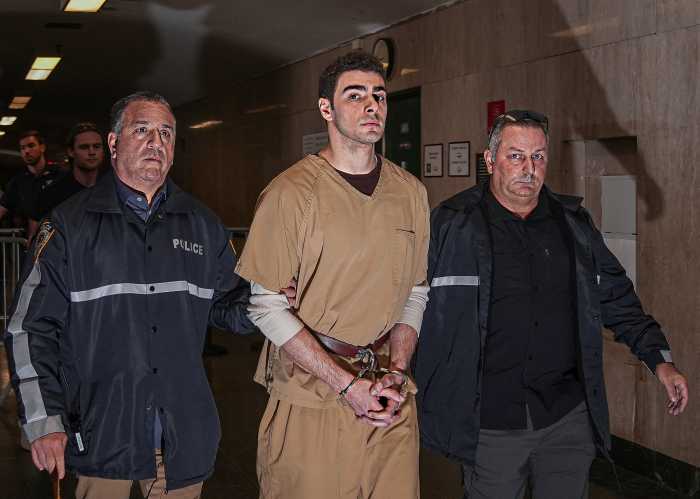With the terror alert still at yellow (elevated), more than 1,000 of New York Citys first responders staged a mock emergency drill at Shea Stadium on Sundaya drill that organizers are initially calling a success.
Operation United Response, the fourth in a series of drills funded by the Department of Homeland Security, tested the reaction and communication of nine agencies, including the NYPD, FDNY and the citys Department of Environmental Protection, in response to the detonation of a simulated weapon of mass destruction.
"This drill was a test of decision-making and inter-agency communication," said Jarrod Bernstein, a spokesperson for the Office of Emergency Management (OEM). "It can never be set up as though it were realthe intention is to test skills and objectives overall." The drill also tested new equipment and how the citys response to emergencies can improve.
The emergency situation, which began at 11 a.m., posed this scenario for the drill: a capacity crowd watching a Mets game. In this case, the spectators were students of the police and fire academies, who received word of an explosion as smoke filled the air and the video screen instructed them to evacuate.
Within minutes, emergency response teams, which had been put on a time line (meaning that their response time was adjusted according to their proximity to the disaster site) filled the stands and tended to the nearly 200 "injured," and carried them out to the triage centers that had been set up in the parking lot. The other 700 "victims" were transported to 60 hospitals around the city.
The emergency personnels response went according to plan. Then, drill organizers put the responders to the full test: just as the emergency workers were getting the situation under control, police radiation detectors went off, indicating the presence of "radiological weapons."
According to reports, police responded almost immediately (despite the fact they were unaware the two simulated devices had been planted), and they located and diffused the two "bombs."
The drill, New Yorks largest ever, lasted a total of four hours and cost the city $400,000 in overtime. It took six months to plan and coordinate.
The results will not be known for a few days, pending data analysis.
"I think they did very well overall," said Bernstein. "All the data will not be correlated for some time yet, but the response was very encouraging."
Mayor Michael Bloomberg, who attended the exercise, stressed the importance of preparedness as a first means of defense.
The OEM plans to have another such drill by late summer or early fall.











